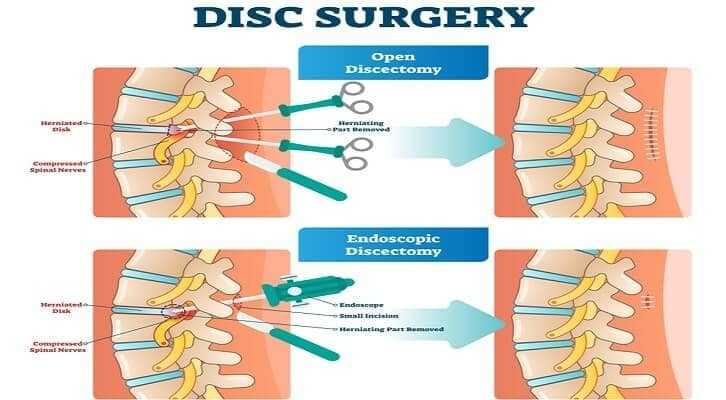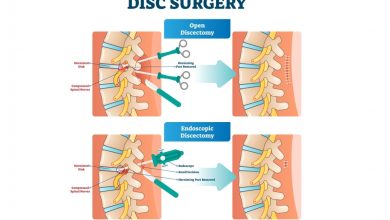Discectomy
Lumbar Discectomy
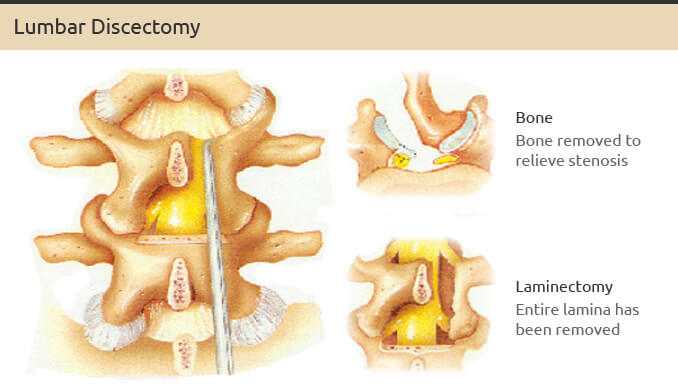
Description
When conservative treatments do not provide long lasting relief of leg pain caused by a lumbar disc prolapse, surgical intervention may be considered.
A lumbar discectomy is a surgical treatment for disc herniation in the back. One of the discs in your back has torn (or herniated) and a piece has come out and is pressing and irritating a nerve, causing pain in your legs.
The discectomy operation is designed to relieve the compression on the spinal cord or spinal nerve by removing the portion of the disc that is herniated or bulging beyond its usual boundaries.
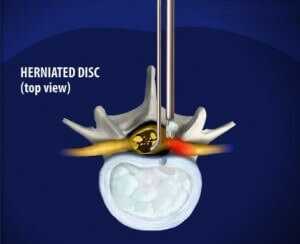

Before the procedure
- You must exercise regularly and keep fit prior to surgery as it reduces the rate of complications
- You will have had a series of X-rays , MRI scans and blood tests
- If taking aspirin or anti-inflammatory medications daily, stop taking these one week before your surgery
- If you are taking drugs such as Warfarin you must inform the medical team as these can increase the risk of bleeding during surgery. If you are taking an oral contraceptive, please inform the medical team as these can increase the risk of blood clots.

- You must stop smoking before surgery and up to six months afterwards
- If you take prescription drugs, ask your doctor how soon before surgery you should stop taking these
- Do not have anything to eat or drink for six to eight hours before surgery
- You will check into hospital the morning of the surgery
During the procedure
- During the operation you will be under a general anaesthetic and lying on your tummy supported by a frame.
- An incision is made in the low back area
- Live X-ray is used to determine the correct level(s) to be operated on
- A small incision about 2” long is made in the skin. After retracting the muscles a small window is made in the spinal canal.
- The disc tissue that is compressing the nerve(s) is removed
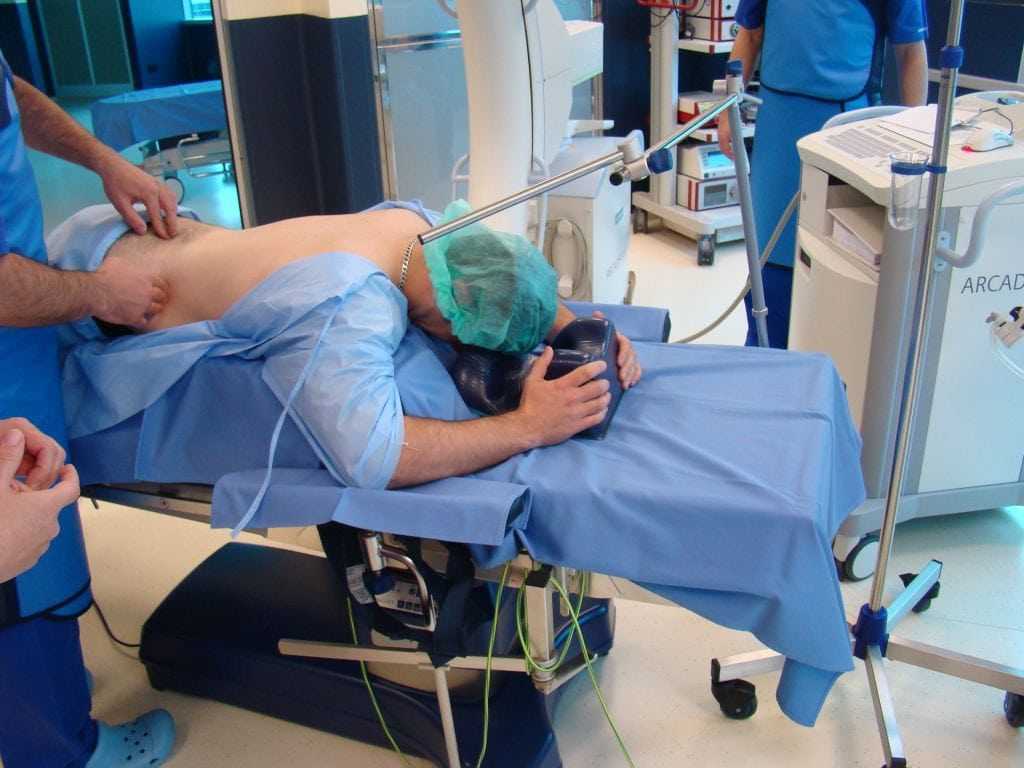
- The nerves are washed and the wound closed.
- Surgery takes approximately 40 – 60 minutes and you should experience relief of leg pain quickly
After the procedure
- You will be in the recovery room for 1 – 11.5 hours
- After going to your hospital room, you will be able to use a PCA pump to get medication for pain control. This machine controls the amount of medication to be received.
- Staff will usually get you out of bed the next day after the surgery
- The hospital stay is usually one day
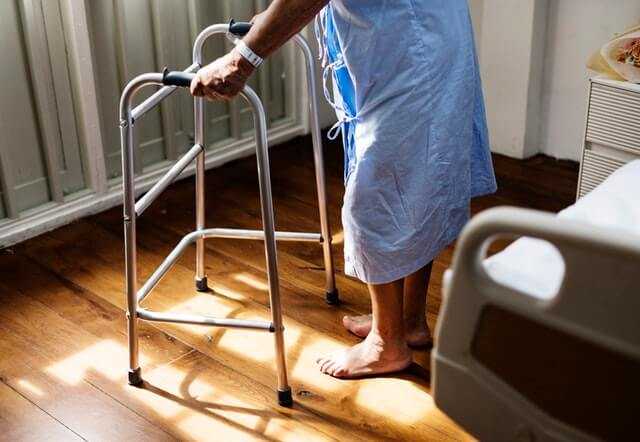
- You will be given any prescription medications and discharge instructions
- You will be able to ride in a car upon leaving hospital – but should not probably drive for the first week following surgery.
- The most important thing is to keep active and mobile and not remain in one position for too long. Prolonged bed rest is NOT recommended.
- Physical therapy is usually initiated after your first follow up appointment with the consultant. A small percentage of patients do develop increasing back pain after disc surgery in the long term. Taking part in post-operative rehabilitation programme and working at will reduce the chances of this happening.
- The scar on your back should heal and whilst initially it will be quite red, it will gradually fade. During the recovery process you may get occasional cramping pain in the leg – this is quite normal. Taking part in a self-help exercise regime will greatly improve and hasten your recovery process
- Recovery from a discectomy is usually relatively brief, but varies amongst patients depending on age and health of the individual.
Facebook
Google+
Twitter
Pinterest
Reddit
Tumblr
Skype
StumbleUpon
Telegram
WhatsApp
Email
Print


